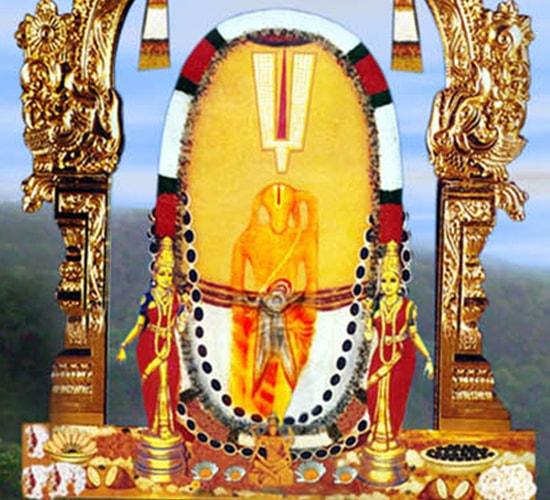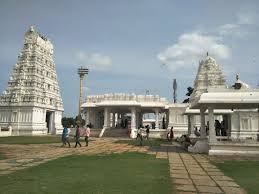Consider the following statements: Kalbelia dance is most commonly performed in Rajasthan It has been included in the Intangible Heritage List by the UNESCO Which of the above statements is/are correct?
Both are correct statementsKalbelia dance is one of the most sensuous dance forms of Rajasthan. It is performed by the Kalbelia tribe, who are known for their traditional occupation is catching snakes and trading snake venom. The Kalbelia folk songs and dances of Rajasthan were declared a part of its Intangible Heritage List by the UNESCO in 2010.
Which among the following is / are correct statements with respect to the Prajapatya Vivaha: 1. The rights of boy and girl were equally secured 2. The bride’s father agreed for a fixed price, generally a pair of cows Select the correct option from the codes given below:
In Prajapatya Vivaha, the rights of boy and girl were equally secured. The groom approached the father of the bride and the father of the bride would agree on certain conditions BUT not certain price. The second statement pertains to the Arsha Vivaha, in which the bride’s father used to receive a pair of cattle for certain uses prescribed by the law. But still it was NOT a price of the bride. It was only the Asura Vivah in which the groom’s family paid to the bride’s family in return for the girl.
Consider the following dance forms: Sattriya Odissi Manipuri Which of the above is/are classical dance form(s) of India?
The Sangeet Natak Akademi recognizes eight dance forms as classical dance forms. They are: Bharatanatyam, Kathak, Kuchipudi, Odissi, Kathakali, Sattriya, Manipuri and Mohiniyattam.
Consider the following statements about Kalaripayattu: It is an ancient martial art most widely practised in parts of South India The weapons generally used in it are sword, shield & spear Which of the above statements is/are correct?
Both are correct statementsKalaripayattu is an Indian martial art from Kerala. It is one of the most ancient fighting systems that are even practiced today. It was originally practiced in Kerala and some parts of Karnataka. Today it is practiced in Kerala, Tamil Nadu as well as Karnataka and some parts of Shri Lanka.
Consider the following differences between Chaityas and Viharas: While Viharas were for the purpose of living, Chaityas were assemblies for the purpose of discussions While Chaityas were with Stupas, Viharas did not have Stupas Which of the above statements is/are correct?
Both are correct statementsBoth early Chaityas and Viharas were made by woods and later stone-cut Chaityas and Viharas were made. Chaitya was a rectangular prayer hall with a stupa placed in the centre, the purpose was prayer.
With reference to the Haj Committee of India, consider the following statements: 1. Three Muslim Members of Parliament are nominated as members of Haj Committee of India 2. A minister can not be the chairman of Haj Committee of India 3. The Central Government has right to appoint a Chairman of the Haj Committee of India Which among the above statements is / are correct?
This question derives the most notable points from the Haj Committee Act 2002. Some excerpts: Three members of Parliament of whom two are to be nominated by the Speaker of the House of the People from among its Muslim members, and one by the Chairman of the Council of States from among its Muslim members. After the publication of the name of members of the Committee under section 5. the Central Government shall convene within forty-five days of such publication the first meeting of the Committee at which the Committee shall elect a Chairperson and two Vice- Chairpersons from amongst its members. Provided that a Minister shall not be the Chairperson of the Committee and ex officio members shall not take part in the election of the Chairperson or of the Vice-Chairpersons. If the Committee fails to elect the Chairpersons or the Vice-Chairperson the Central Government may appoint a member of the Committee to be the Chairperson thereof or Vice – Chairpersons, as the case may be.
Consider the following pairs: Festival Month Ramanavmi : Chaitra Makar Sankranti : Pausa Dussehra : Bhaado Ganesh Chaturthi : Ashwin Which of the above is/are correctly matched?
Dussehra is celebrated on the tenth day of the month of Ashwin and Ganesh Chaturthi is celebrated in the month of Bhaadrapada according to the Hindu lunisolar calendar.
Which of the following statements is/are correct about the Odissi dance form? Odissi dance includes both Tandava and Lasya elements. It symbolises the element of air Select the correct option from codes given below:
First statement is correct. Odissi dance which is the typical classical form of Orissa has its origin in the temples of Orissa. The rhythm and mudras used in Odissi dance have a peculiar blending Odissi dance that includes both Tandava and Lasya elements. Second statement is incorrect because Odissi dance style symbolises the element of water and not air.
The famous Trimurty Sadasiva is the part of which among the following caves in India?
Trimurti, Gangadhara and Ardhanarishvara belong to the Elephanta caves and are considered to be the “masterpiece of Gupta-Chalukyan art”, the most important sculpture in the caves is the Trimurti, carved in relief at the back of the cave facing the entrance, on the north-south axis. It is also known as Trimurti Sadashiva and Maheshmurti. The image, 20 feet (6.1 m) in height, depicts a three-headed Shiva, representing Panchamukha Shiva.
Consider the following statements regarding Mithilakshar 1. The oldest form of Mithilakshar is found in the Sahodara stone inscriptions of 950 AD. 2. Mithilakshar is the script of broader cultural Mithila. 3. Mithilakshar had come to its current shape by 6th Century AD. Which of the statements given above is/are correct?
Statement 1 and 2 are correct: Mithilakshar or Tirhuta is the script of broader cultural Mithila. It is an extremely ancient script and is one of the scripts of the broader North Eastern India. The scripts of Mithilaksar, Bangla, Assamese, Nebari, Odia and Tibetan are part of the family. Statement 3 is incorrect: Mithilakshar had come to its current shape by 10th Century AD. The oldest form of Mithilakshar is found in the Sahodara stone inscriptions of 950 AD. Afterwards, the scripts has been used throughout Mithila from Champaran to Deoghar.








